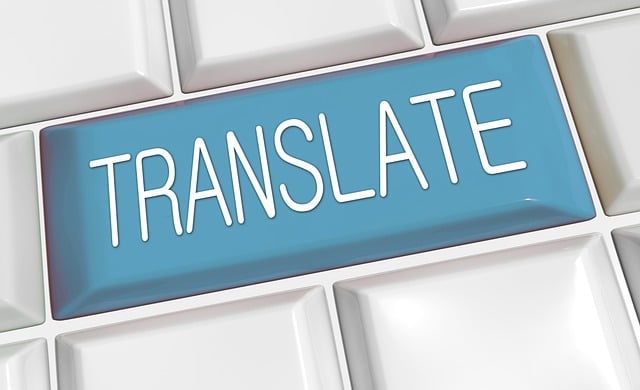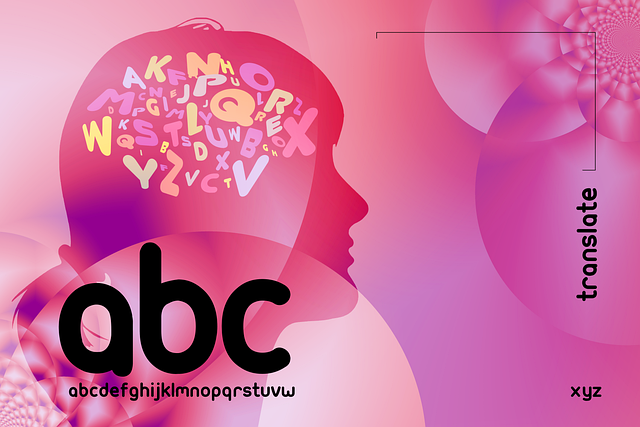Mastering translation involves understanding cultural nuances, idiomatic expressions, and historical context. Term base management, glossary creation, and human expertise are key for accurate representation. Gender-neutral language caters to diverse audiences. For specialized texts, effective communication and collaboration ensure successful cross-cultural transmission. Balancing word-for-word and phrase-by-phrase approaches, professional translators master both languages and cultures. Post-translation, revision, editing, and refinement enhance style, flow, readability, and cultural relevance, aiming for seamless capture of the original's essence.
“Unlocking the art of translation starts with a meticulous journey. When approaching literary translation, understanding the source text is paramount. Immersive reading reveals nuances and cultural subtleties. Next, explore the target language’s idioms and expressions to navigate linguistic challenges. Choose between word-for-word or phrase-by-phrase methods based on text complexity. Revise rigorously, refining each sentence for natural flow and style. This step ensures your translation captures the essence of the original work.”
- Understand the Original Text Thoroughly
- Research Cultural Context and Language Nuances
- Choose an Appropriate Translation Method
- Create Accurate and Natural Renderings Word-for-Word or Phrase-by-Phrase
- Revise, Edit, and Refine for Style and Flow
Understand the Original Text Thoroughly

Before diving into the translation process, it’s imperative to develop a deep understanding of the original text. This involves more than just reading the work; it entails analyzing the social context in which it was written, exploring its historical relevance, and recognizing any cultural nuances or idiomatic expressions unique to the source language. By immersing yourself in this context, you can ensure that your translation accurately conveys the author’s intended message.
Moreover, effective literary translation necessitates meticulous term base management, especially when aiming for brand consistency. This includes establishing a comprehensive glossary of key terms and phrases, taking into account any industry-specific terminology. Computer-aided translation tools can assist in maintaining consistency and saving time, but they should complement your expertise rather than replace it. Remember to seek out gender-neutral language where appropriate, ensuring that the final translation resonates with diverse audiences.
Research Cultural Context and Language Nuances

Understanding the cultural context and language nuances is a critical step in the literary translation process. It involves exploring the historical, social, and literary background of the source text to ensure an accurate representation in the target language. This includes delving into the customs, traditions, idioms, and figures of speech unique to the culture from which the work originated. By doing so, translators can navigate dialect differences and capture the essence of the original text.
Moreover, effective literary translation requires meticulous term base management and captioning strategies. This involves building a comprehensive glossary of terms specific to the subject matter, ensuring brand consistency throughout the translated work. Additionally, technical translation skills are essential when dealing with complex texts that demand precision in scientific, legal, or medical fields, accounting for any unique terminology within these domains. Visit us at Language Diversity Translation Project Management anytime for expert guidance on navigating these linguistic and cultural complexities.
Choose an Appropriate Translation Method

Choosing an appropriate translation method is a critical first step in any literary translation project. It’s not merely about translating words from one language to another; it involves navigating complex cultural nuances, idiomatic expressions, and literary devices that demand tailored approaches. Effective translation begins with understanding the source text’s context, tone, and purpose. Is it a novel, poem, or academic text? Each genre presents unique challenges and necessitates specific strategies. For instance, translating poetry requires capturing not just the words but also the rhythm, rhyme, and emotional essence in a way that resonates in the target language.
Client communication plays a pivotal role here. Clear dialogue between clients and translators is essential to ensure brand consistency and effective cross-cultural communication. This collaboration helps align the translation with the client’s goals, maintaining the integrity of the original work while adhering to linguistic and cultural standards. Term base management is another vital aspect, especially for specialized texts where consistent terminology across projects is crucial. Whether you’re working on a literary masterpiece or a technical document, giving us a call at bilingualism can help you navigate these intricacies, ensuring your translation not only conveys meaning but also captures the essence of the original work.
Create Accurate and Natural Renderings Word-for-Word or Phrase-by-Phrase

When approaching literary translation, achieving accurate and natural renderings requires a nuanced balance between word-for-word and phrase-by-phrase translations. It’s crucial to understand that direct translations often fall short in conveying the original text’s essence, especially when dealing with idiomatic expressions. These phrases carry cultural and linguistic nuances that demand careful interpretation to maintain their intended meaning and emotional impact in the target language.
In multilingual environments where medical interpreting is a common need, efficient translating of cultural nuances is paramount. Professional translators must possess a deep understanding of both languages and cultures to navigate these complexities effectively. For instance, finding the equivalent for idiomatic expressions in legal documentation requires more than a simple dictionary lookup. It involves recognizing and replicating the original text’s subtle shades of meaning, ensuring the translated content is not only accurate but also readily comprehensible to the target audience. Therefore, whether translating literary works or legal documents, always strive to capture the essence while respecting the integrity of both languages.
Revise, Edit, and Refine for Style and Flow

After completing your initial translation, it’s time to Revise, Edit, and Refine your work for style and flow. This crucial step involves going beyond mere word-for-word substitutions to ensure the translated text reads naturally in the target language. Carefully review the syntax, sentence structure, and overall rhythm of the original text while keeping cultural nuances in mind.
Effective editing includes identifying and addressing instances of code switching, where the author switches between languages or dialects. This can significantly impact the user experience and must be handled with care. Utilize translation techniques such as parallelism, idiom adaptation, and localizing references to enhance readability and cultural relevance. Remember, the goal is to produce a text that flows smoothly and captures the essence of the original while adhering to the target language’s conventions. For professional guidance tailored to your needs, consider visiting us at audio-visual translation anytime.
Literary translation is a meticulous art that demands deep immersion in both the source text and the target language. By following these structured steps—comprehending the original text, exploring cultural and linguistic intricacies, selecting an appropriate translation approach, rendering words or phrases naturally, and meticulously revising—you can create accurate, flowing adaptations that capture the essence of the literary work. Remember, successful translation involves not just word-for-word equivalency but also conveying the nuances and beauty inherent in the original text.
